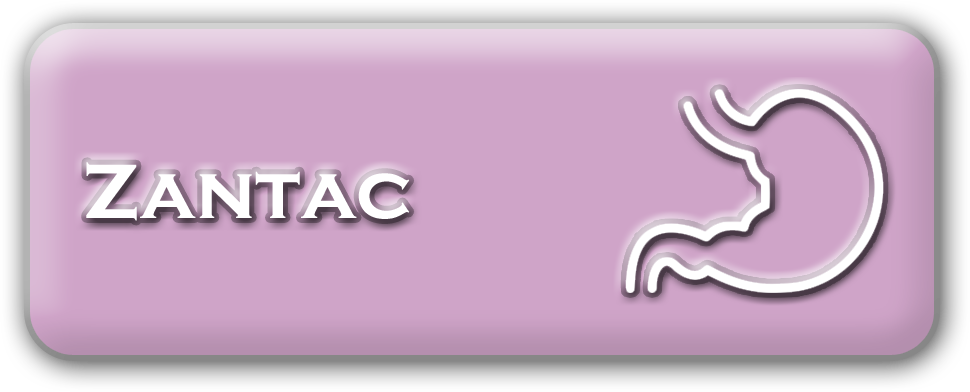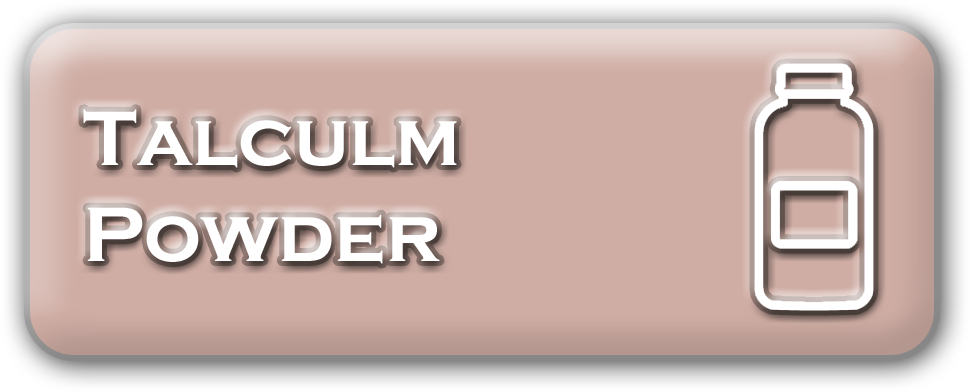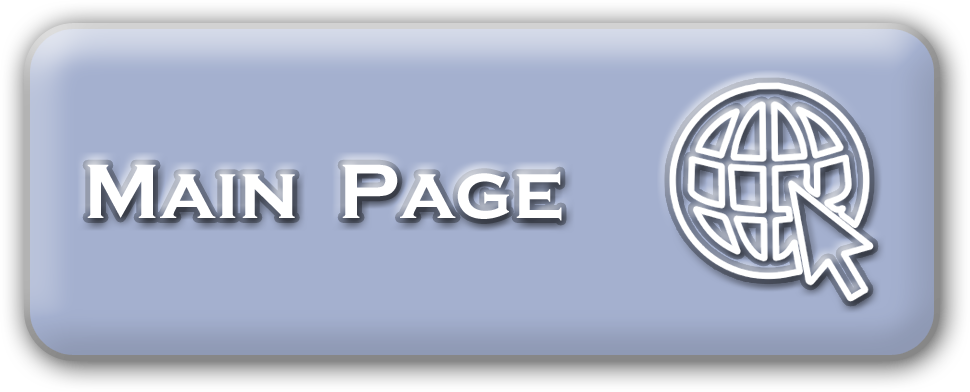Brain Injury Diagnosis and Assessment
There are a number of different methods doctors can use to diagnose a brain injury, determine the severity or extent of the damage, and assess a patient’s recovery. Modern technology as well as physical, neurological and neuropsychological evaluations will all play a role in this process.
The circumstances of the accident as well as the physical and neurological condition of the patient are the first things considered by physicians and emergency responders. Images of the brain and head will also be used to aid diagnosis soon after an accident. Commonly used imaging technologies include computed tomography scans (CT), magnetic resonance imaging (MRI), positron emission tomography scans (PET) and electroencephalograms (EEG).
The most common method of assessing and recording the severity of a brain injury, both initially and on an ongoing basis, is the Glasgow Coma Scale (GCS). The GCS is used to measure the conscious state of a person who may have suffered brain injury and is often used at the scene of the emergency or in the emergency room.
The scale measures responses in three areas: eye, verbal and motor response. The scale assigns a value to each response by the patient, the number “1” being the lowest in each category and indicating no response to stimuli. The three individual values, as well as the sum total, are then considered.
Eye response has four grades with the number one being the worst condition, they are: (1) No response, (2) Eye opening in response to pain, (3) Eye opening in response to speech and (4) Eyes opening spontaneously.
Verbal response has five grades with the number one being the worst condition, they are: (1) No verbal response, (2) Incomprehensible sounds, (3) Inappropriate words, (4) Confused or disoriented speech and (5) Oriented.
Motor response has six grades with the number one being the worst condition, they are: (1) No motor response, (2) Extension to pain, (3) Abnormal flexion to pain, (4) Flexion/withdrawal to pain, (5) Localizes to pain and (6) Obeys commands.
The lowest possible GCS score is 3, i.e., the patient did not respond by opening his or her eyes, making sounds or moving. A score of 3 on the GCS indicates deep coma or death. In contrast, the highest score on the GCS is 15, indicating a fully awake person.
The Glasgow Scale does not, however, measure how well a person will recover from a brain injury or assess his or her long-term progress toward regaining certain functions. Instead, a rehabilitation team will generally use a similar scale, known as the Rancho Los Amigos Scale, to assess the recovery of a traumatic brain injury patient.
























